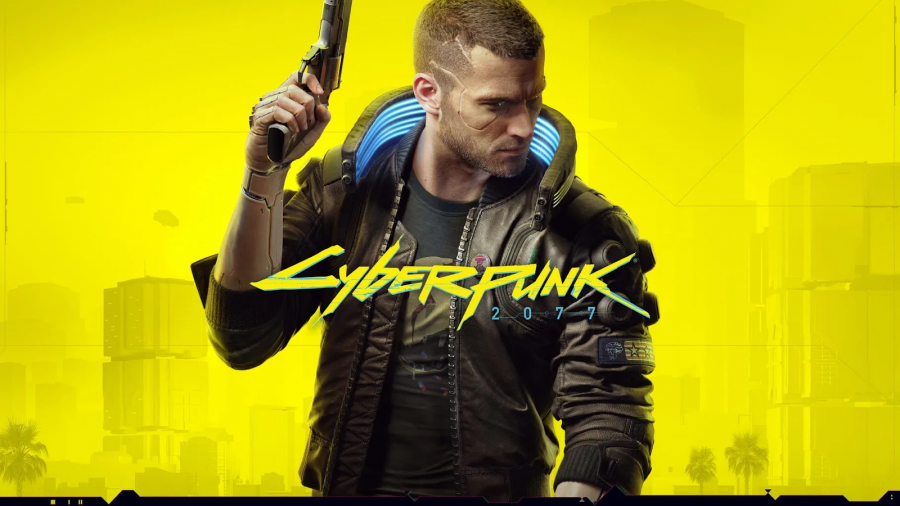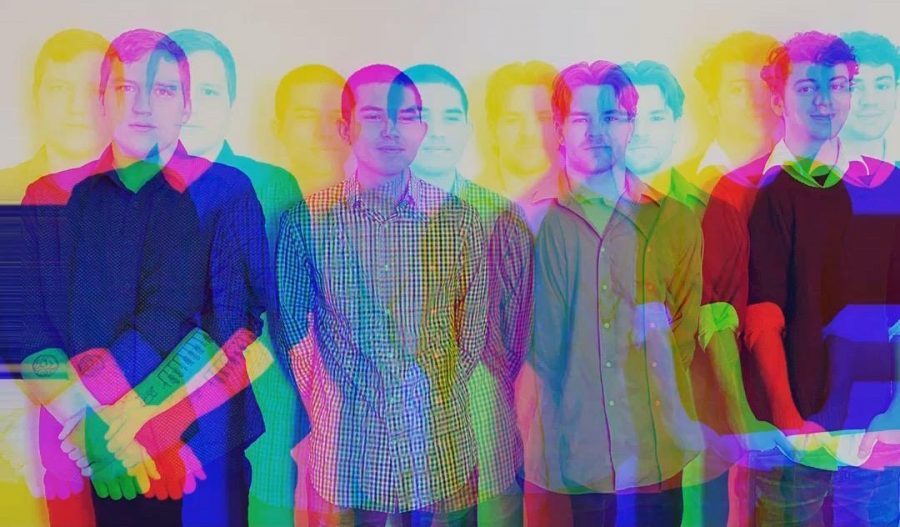The Background
CD Projekt Red is a Polish game developer that was founded in 1994. Based on Andrezj Sapkowski’s Wiezmen, a series of popular books in Poland, the game developer proposed a new set of games based on the books, primarily to launch the company’s core game foundation, an offer which Sapkowski accepted.
After acquiring the rights to the franchise in 2002, CD Projekt Red began crafting this new title with 15 people working on the project. Over the course of time, the team quickly expanded to about 100 people to produce the game at a cost of 20 million zlotych, which translates to just over $5 million USD.
After 5 years of development, the game was complete. For international audiences, the game was titled The Witcher, a single game that eventually turned into an entertainment phenomenon, encapsulating millions of sales and generally positive reviews.
Shortly after The Witcher’s release, CD Projekt Red quickly began turning this title into a series of games, a set of different projects over the course of 8 years. The recent AAA release, The Witcher 3: Wild Hunt, currently sits as the third-best video game of all time, according to IMDb.
Occupying the best video game of all time is the game’s DLC, Blood and Wine, while Hearts of Stone is the fifth-best video game according to the ranking platform.
The success of The Witcher series was immense and something that turned into a television series that premiered on Netflix in 2019.
The core of The Witcher series is simple, yet innovative. In short, it was one of the first franchises to attempt the open-world concept in video games. The locations of the game were rich, thoroughly developed and filled with different missions and sidequests that sometimes amounted to hours of total gameplay.
In fact, it was reported that Witcher 3: The Wild Hunt could take over 150 hours to fully complete. With hundreds of missions, the amount of work put into the game’s development to create the environment, recording dialogue for characters’ voices, animate each and every single element of the game and develop gameplay mechanics cost CD Projekt Red years of time.
In the end, the company sought out to complete its original purpose: to create a video game to give the company a foundation to build on for many years to come. With this in place, somewhere near what is reported to be 2011, CD Projekt Red announced the development of Cyberpunk 2077.
The Promise
Cyberpunk 2077 was promised to offer the same mechanics, open-world environment and interactive story as that of The Witcher series.
The game follows the main character V through the future-based megalopolis Night City, a city like any other that is obsessed with power. V, a mercenary, attempts to go through this city riddled with crime to get an implant that would be the key to immortality.
Cyberpunk 2077 follows titles such as Cyberpunk 2013 and Cyberpunk 2020; games that were meant, in a sense, to predict everything of future societies. The series takes inspiration from films such as Blade Runner (1982) and other video game titles such as Deus Ex (2000).
A few years removed from the announcement of Cyberpunk 2077 around 2011, pre-production for the game began a few years later after CD Projekt Red finished The Witcher 3: Wild Hunt in 2016.
Staffing began with what was reported to be 50 people at an estimated cost of 1.2 billion zlotych, or $313 million USD, making it one of the most expensive video games created, even past Grand Theft Auto V and Call of Duty Modern Warfare 2.
In 2017, the Polish government even became involved with the project granting about $7 million to the studio to help the game with elements such as city creation and cinematic feel.
The game was now loaded with promise and money and over the next few years, CD Projekt Red completed the following:
- Partnered with several different companies including Digital Scapes, Qvidia, QLOC and Jail Research for elements such as real-time ray tracing, lip-synching, quality assurance and language translation.
- Decided that the game should be in first-person and animated each and every single movement and style around this function.
- Created a script for the story of the game in several languages.
- Hired a team of urban planners and architects to develop Night City in the style of Brutalism, a style that began in Great Britain in 1950 in the post-war era that encompassed minimalist designs over decorative buildings.
- Modeled the game’s car design after Italian creator Marcello Gandini, offering a sporty look to future vehicles that can operate as we know them to operate, but can also fly.
- Hired actor Keanu Reeves to play the character of Johnny Silverhand in the game, but to also be a huge marketing figure in both presentations of the game and in trailers.
- Brought back composer Marcin Przybylowicz, who composed the score for The Witcher 3: Wild Hunt, to create 7 and a half hours worth of music for Cyberpunk 2077.

“This may be a set of bold statements,” CD Projekt Red Co-Founder Marcin Iwinski said in a presentation of the game in 2012 delivering the company’s promises of the game. “If you don’t believe me, look at our Witcher games. We will deliver a truly outstanding futuristic RPG, setting a totally new standard for the genre.”
Years later, primarily in 2018, Cyberpunk 2077 was set for marketing and pre-launch gameplay for influencers and game reviewers. At E3 2019, the game was announced for PC, Xbox One, Playstation 4 and Stadia. During this time, Collectors Edition games were announced, which, at an extra price with pre-ordering the game, gave gamers varieties of memorabilia including comics, art books, wallpapers and action figures.
The reception for this title was near flawless. At E3 2018, the game won over 100 awards including Best Game and Best RPG.
The Hell
To start 2020, CD Projekt Red had just a few months left to release its new project. An original launch date was set for April 16, 2020 to coincide with other AAA releases such as The Last of Us Part 2, Ghost of Tsushima and Animal Crossing: New Horizons which all came out within the general time of Cyberpunk’s expected launch date.
In crunch time, however, the coronavirus peaked in Europe (and across the world), causing much delay amongst the developer to add finishing touches to the game. To add to this, CD Projekt Red announced a port for next-generation consoles set to come out in the latter half of 2020, including the Playstation 5 and the Xbox One Series X. It was a lot to complete in a short amount of time, especially since the 500-person team now had to complete all operations from home.
And in the final weeks leading up to the game, a statement from the developer indicated a delay in the game’s release, pushing the launch date to Sept. 17. It didn’t stop there. The game was delayed on two other occasions; first to Nov. 19 and finally to Dec. 10. It was a 9-month wait for fans from the game’s original launch timeline.
Upon an eager fanbase willing to finally get their hands on the new title and the pressure that likely existed between investors and the developer, the build-up for Dec. 10 was immense. It was the explosion that a rushed CD Projekt Red felt, but also could’ve expected.
The game was finally released. Its massive amount of pre-orders hit the libraries of gamers across the world, and within the first few hours of release, it became obvious to critics and fans alike that this could not be the final release of the game.
Simply put, the game was riddled with bugs, glitches, or for most PC and PS4 users, the game would crash altogether. Several of the performance errors within the game include:
- Characters left in T-poses, a marker set by actors of the game in order for animators to know when to cut the sequence of events in a certain event or occasion.
- Faceless characters.
- Characters getting stuck or moving through physical objects such as cars and walls.
- Shot enemies in the game would either not die or the bullets wouldn’t register to hit the enemies.
- Physics within the game did not add up. For example, when diving out of a speeding car as the driver, the car would come to a complete stop instead of maintaining its original speed before slowing down.
- The game’s massive map not rendering. Players sometimes would fall through the map. If players explored different parts of the city, they were locked out.
- Invisible enemies
- The police not reacting to crimes taking place right in front of them.
This is just a brief synopsis of some of the core functions missing from the game and it did not take long for the community to react.
In the span of a few hours of release, the game was trending on social media platforms such as Reddit. In the Cyberpunk community on the website, one of which holds close to one million followers, the top posts of all time quickly filled up to performance issues and problems individuals were having with the game. Instead of a community meant to promote and be excited about the game, it turned into a stream of complaints about the game and CD Projekt Red; a PR nightmare for the game developer.
It didn’t take long for critics to catch on, either. The New York Times called Cyberpunk 2077 a “…conspicuous disaster in the company’s history.” The Guardian added on, simply calling the release “shambles.”
It was also a nightmare for CD Projekt Red in terms of investment. The CD Projekt SA stock reportedly fell up to 9.4% after a few days of the initial release. Due to the transparency of marketers from the company before the release of the game, class-action lawsuits were filed against them one week after the release due to misleading investors.
Poland’s Office of Competition and Consumer Protection launched an investigation of the company, in hopes of receiving communication regarding the problems of the game and the actions that will be taken to fix them.
In just 8 days, both CD Projekt Red and the game’s reputation completely flipped. A game filled with one of the highest expectations of the year, while also being one of the most expensive games to develop of all-time, was quickly pulled from the Playstation Store. Refunds were issued to customers on platforms such as PC and Xbox. GameStop even accepted returns of the game even if the box was opened, which usually went against the company’s policy.
The Future
The Cyberpunk team has since launched a commitment portion to its website. On this website, the developer has listed an FAQ and a video promising fans to fix the game and to offer a series of patching updates to those who may still own the game.
Although this may be the case, the team has not specified its fifth release date for the game, and the last release from the company came on Jan. 29, which reiterated the company’s commitment to making a quality game.










































































































































